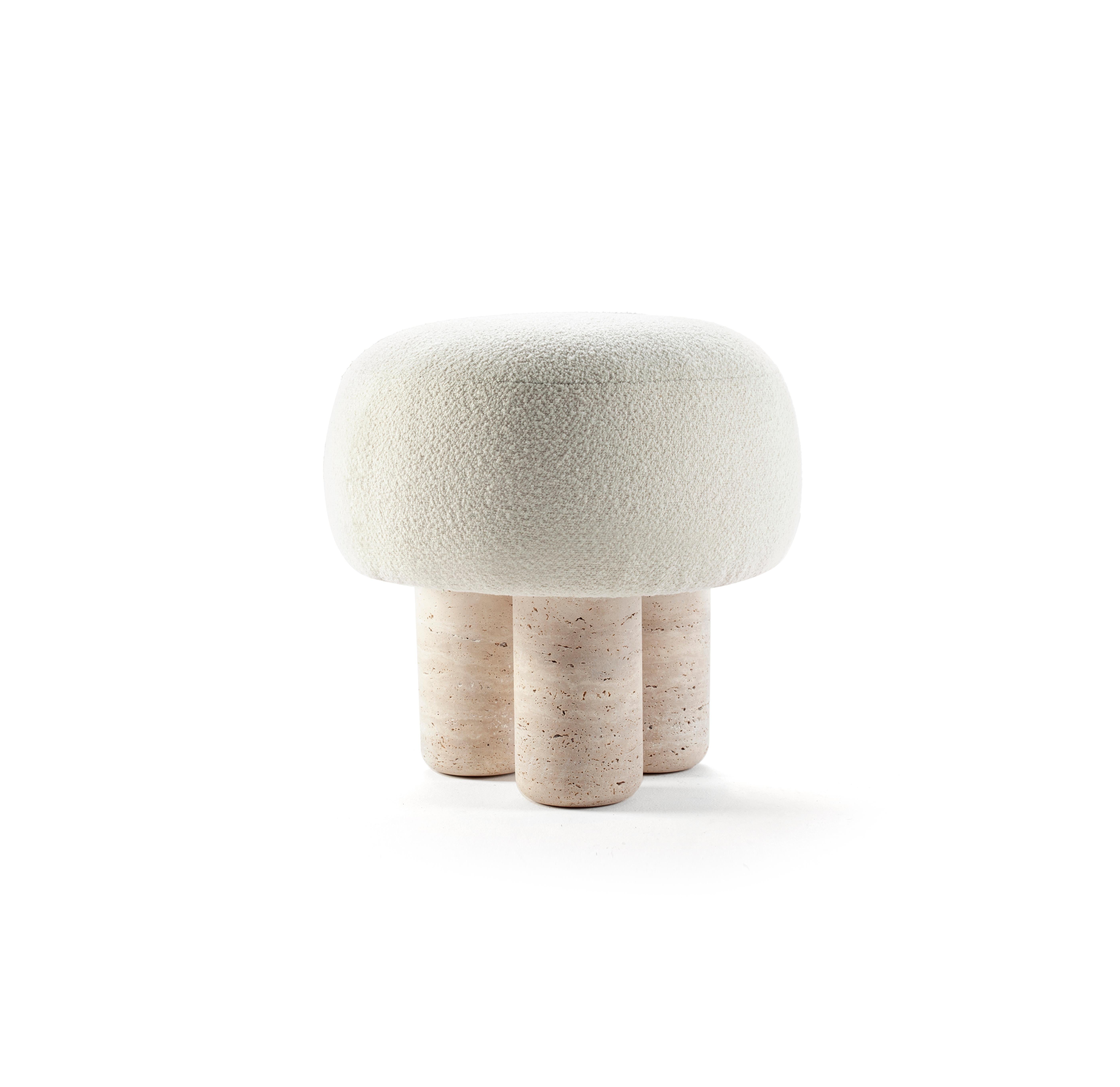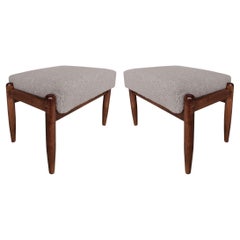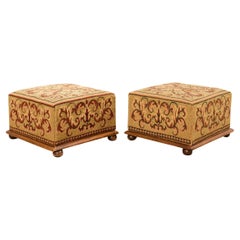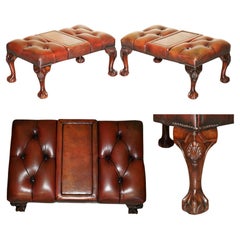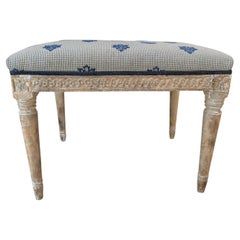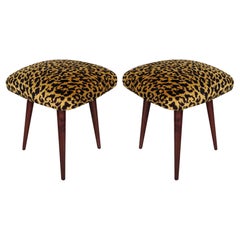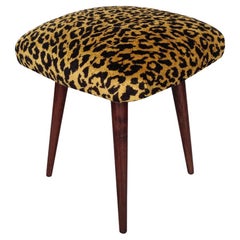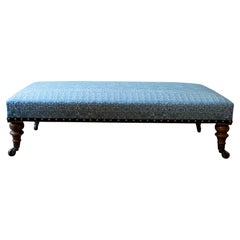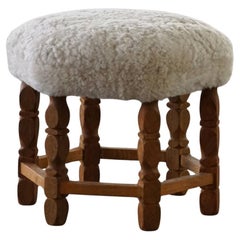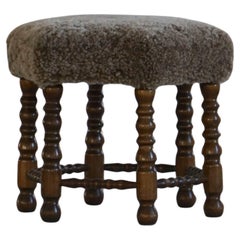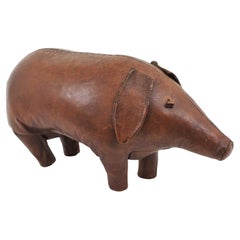Footstools
Mid-20th Century Polish Mid-Century Modern Footstools
Velvet, Wood
Mid-20th Century Polish Mid-Century Modern Footstools
Velvet, Wood
2010s English Victorian Footstools
Linen, Oak, Down, Feathers
Mid-20th Century Danish Scandinavian Modern Footstools
Lambskin, Sheepskin, Wool, Oak
Mid-20th Century Danish Scandinavian Modern Footstools
Lambskin, Sheepskin, Wool, Oak
Mid-20th Century British Mid-Century Modern Footstools
Leather
Mid-20th Century Polish Mid-Century Modern Footstools
Velvet, Wood
1970s Italian Mid-Century Modern Vintage Footstools
Leather, Wood
19th Century Swedish Antique Footstools
Wood
Early 20th Century Shaker Footstools
Rush, Hardwood
19th Century Victorian Antique Footstools
Tapestry, Walnut
1970s German Mid-Century Modern Vintage Footstools
Leather
Mid-20th Century Polish Mid-Century Modern Footstools
Velvet, Wood
Mid-19th Century British Antique Footstools
Wool, Oak
Mid-20th Century Polish Mid-Century Modern Footstools
Fabric, Wood, Beech
Mid-20th Century Polish Mid-Century Modern Footstools
Fabric, Wood, Beech
2010s Spanish Minimalist Footstools
Brass, Steel
1970s German Mid-Century Modern Vintage Footstools
Leather
2010s American Footstools
Upholstery, Oak
Mid-20th Century Polish Mid-Century Modern Footstools
Fabric
21st Century and Contemporary Philippine Art Deco Footstools
Brass
Mid-20th Century English Footstools
Brass
Mid-20th Century Polish Mid-Century Modern Footstools
Fabric, Wood, Beech
2010s Italian Footstools
Velvet
Mid-20th Century Polish Mid-Century Modern Footstools
Velvet, Beech
1980s Swiss Mid-Century Modern Vintage Footstools
Leather
2010s English Victorian Footstools
Linen, Oak
1970s Danish Scandinavian Modern Vintage Footstools
Leather, Bentwood
1980s Norwegian Mid-Century Modern Vintage Footstools
Metal
Mid-20th Century Polish Mid-Century Modern Footstools
Velvet, Beech
Mid-20th Century Polish Mid-Century Modern Footstools
Velvet, Beech
Mid-20th Century Polish Mid-Century Modern Footstools
Fabric, Velvet, Beech
Late 19th Century English Arts and Crafts Antique Footstools
Leather, Fabric, Oak
Mid-20th Century Polish Mid-Century Modern Footstools
Velvet, Wood
Early 20th Century Regency Footstools
Mahogany
Mid-20th Century Polish Mid-Century Modern Footstools
Velvet, Wood
Mid-20th Century French Mid-Century Modern Footstools
Wood, Maple
Mid-20th Century Polish Mid-Century Modern Footstools
Fabric, Chenille, Velvet, Beech, Walnut
2010s Australian Hollywood Regency Footstools
Sheepskin
Mid-20th Century Polish Mid-Century Modern Footstools
Velvet, Beech
2010s Italian Modern Footstools
Wood
2010s Polish Mid-Century Modern Footstools
Bouclé, Velvet, Wood
Mid-20th Century English Other Footstools
Leather
2010s Polish Mid-Century Modern Footstools
Bouclé, Velvet, Wood
21st Century and Contemporary Ukrainian Modern Footstools
Fabric, Plywood, Foam
Early 20th Century Unknown Victorian Footstools
Mahogany
1920s Vintage Footstools
Wood
1950s Italian Regency Revival Vintage Footstools
Brass, Steel
21st Century and Contemporary South African Campaign Footstools
Zebra Hide
21st Century and Contemporary Mid-Century Modern Footstools
Sheepskin, Maple
Late 19th Century Victorian Antique Footstools
Rubber, Oak
Mid-20th Century Polish Mid-Century Modern Footstools
Fabric, Plastic
1980s Swiss Mid-Century Modern Vintage Footstools
Leather
1960s Indian Mid-Century Modern Vintage Footstools
Teak
2010s Australian Hollywood Regency Footstools
Sheepskin
Early 20th Century American Footstools
Upholstery, Mahogany
21st Century and Contemporary Portuguese Modern Footstools
Brass
Mid-20th Century Belgian Mid-Century Modern Footstools
Metal, Chrome
21st Century and Contemporary Chinese Modern Footstools
Lucite
20th Century Indian Romantic Footstools
Brass
Antique and Vintage Footstools
Antique and vintage footstools might add a dose of fun to your living room, but they’re also hard workers.
Even as they’ve morphed into objects with plenty of functions over time, the footstool has a royal past. In Ancient Egypt, a footstool was used to climb onto an elevated chair or placed under someone’s feet as he or she was seated in a temple or private residence. Footstools were also in use during the Ottoman Empire. In fact, the ottoman, an upholstered seat or small bench that initially had no back or arms, was the main seating furniture in a home. Ottomans were a way to merge floor seating with cushions and mats.
Poufs, which originated in France, are also thought of as convenient seating furniture as well as occasionally serving as a side table, if needed. (Although, a pouf is typically not as firm as an ottoman.)
Over the years, footstools have taken on varying purposes. They have been used as small portable chairs, for example.
During the 18th century, a footstool might have been long with a low profile, which rendered it perfect for fireside seating. Victorian footstools were small but not unassuming, as furniture makers of the era would upholster the pieces so that they paired with the nearby sofa or wingback chairs. Footstools have even become a storage solution at home, with designers outfitting them with compartments. Today, a footstool might be used to organize quilts and blankets or other textiles, especially if you’re trying to keep things uncluttered in a small apartment.
Footstools are now available in all sorts of provocative colors, upholstery and more. No one is going to put a velvet footstool out on the curb, right? When shopping for your own footstool, try to find one that meets the height of your sofa or other seating (or is a tad lower). It should also be sturdy but not a heavy, clunky piece that’s a chore to move around.
The footstool is both decorative and functional. Not unlike a good throw pillow, interior designers have found numerous uses for this versatile, vibrant furnishing. Find yours in the growing collection of antique and vintage footstools today on 1stDibs.
